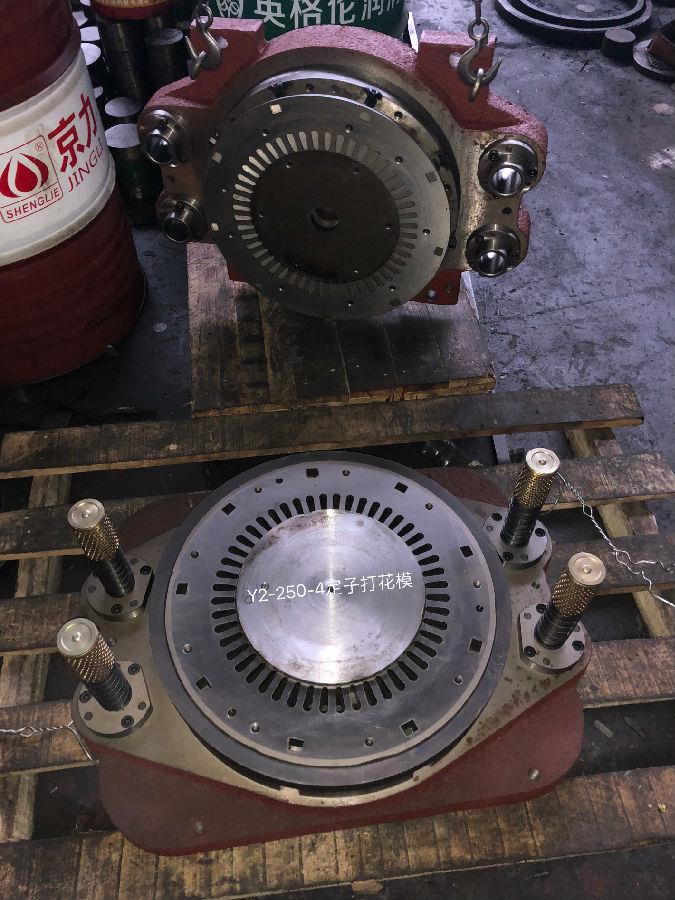Blanking die process and principle
Sheets are generally placed on a female die and pressed downward with a male die. Because the convex edge of the female die has a cutting edge, a shearing action occurs while pressing, and a blank of a desired shape and size is cut from the sheet for the next step. Sometimes the product can be obtained by blanking at one time.
Application examples
It is used for blanking the workpiece that needs further processing, or directly punching out the workpiece, such as a flat-type east-west plate head.
Features
1) Sheet metal stamping production mainly relies on die and stamping equipment to complete the process, and the process is convenient to realize mechanization and
Automation, high productivity, simple operation, so the cost of parts is low.
2) Parts with complex shapes can be punched out. Generally, no further cutting is required, and less waste material, thus saving the original cost.
Material and energy costs.
3) The raw materials commonly used for sheet stamping are low carbon steel, high plasticity alloy steel and non-ferrous metals. Most of them have good surface quality.
Sheet, strip or strip, the product has light weight, low material consumption, high strength and good rigidity.
4) The dimensional tolerance of stamping parts is mainly ensured by the die, so the product has a sufficiently high accuracy and a small surface roughness.
Roughness value, stable size and good interchangeability.
5) However, the production of the die is complicated and the cost is high, and its superiority only stands out under the condition of mass production.
Blanking and punching
The same point of punching and blanking is that the blank deformation process and mold structure of the two processes are the same. The difference between the two is: punching is punching holes in the sheet to obtain a punched part Both are waste materials; blanking is to obtain blanks with a certain shape and size. The part that is punched is the product, and the remaining part is the surplus or unused waste.

Related News
- High-voltage motor punching die operation specification
- What are the components of a simple stamping blanking mold?
- Blanking die process and principle
- Using method of rotor casting aluminum mold
- Structural factors affecting composite molds
- Possible problems with rotor molds
- Precautions in the use of self-service die
- Characteristics of stator mold
- Tips for self-help die
- Attentions in the design of fixed-rotor tooling fixtures
- Precautions for the use of stator embossing molds



